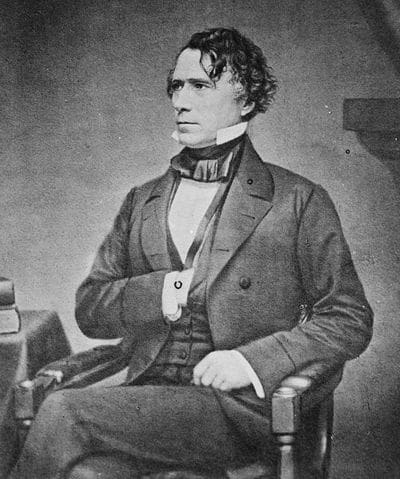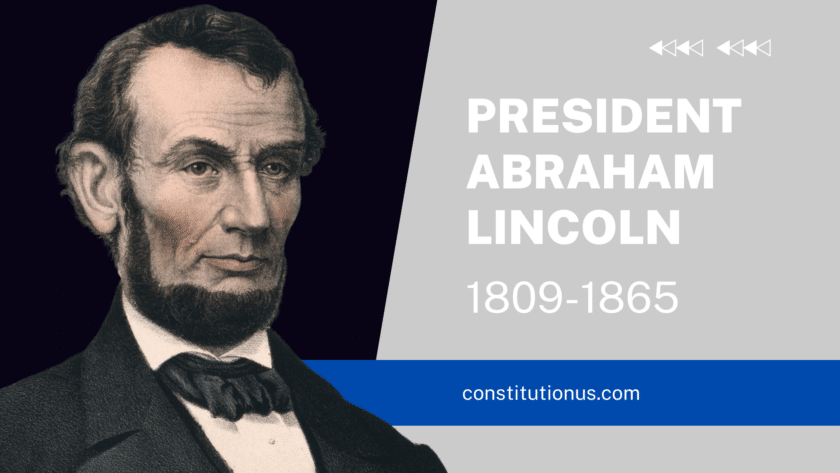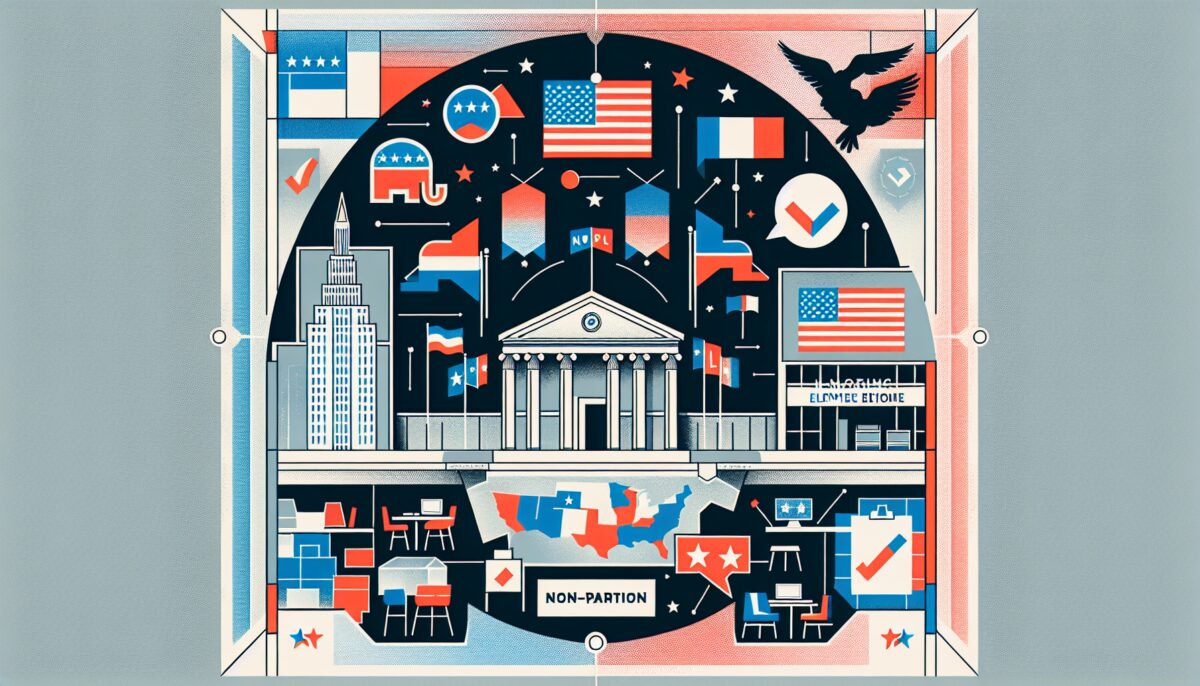Table of Contents
ToggleWhen was Gerald R. Ford born?
Gerald R. Ford was born in 1913.
Where was Gerald R. Ford born?
Gerald R. Ford was born in Omaha, Nebraska.
How old was Gerald R. Ford when he became president?
Gerald R. Ford became president at the age of 60.
What years was Gerald R. Ford president?
Gerald R. Ford was president from 1974 – 1977.
When did Gerald R. Ford die?
Gerald R. Ford died at the age of 93 in 2006.
How did Gerald R. Ford die?
He died of arteriosclerotic cerebrovascular disease and diffuse arteriosclerosis.
Not By Election But by Law And Appointment
Gerald R. Ford was the 38th President of the United States. He is the only chief executive of the country to date who has not become president or vice president by winning elections.
He became vice president by appointment and transitioned into the presidency by virtue of the 25th Amendment of the Constitution.
Summary Of Career Highlights
As president, he managed gallant stewardship of the USA after the damaging Watergate scandal amid economic inflation and high unemployment.

A recession and disgruntlement in the citizenry when he granted a full pardon to Richard Nixon did not win him favor in the minds of the electorate.
However, he gave a bright future to tens of thousands of Vietnamese in the USA who escaped persecution in their homeland because they were anti-communist.
The Taking of His Stepfather’s Name
Gerald Rudolph R. Ford, whose real name was Leslie Lynch King Jr., was born in Omaha, Nebraska, on July 14, 1913.
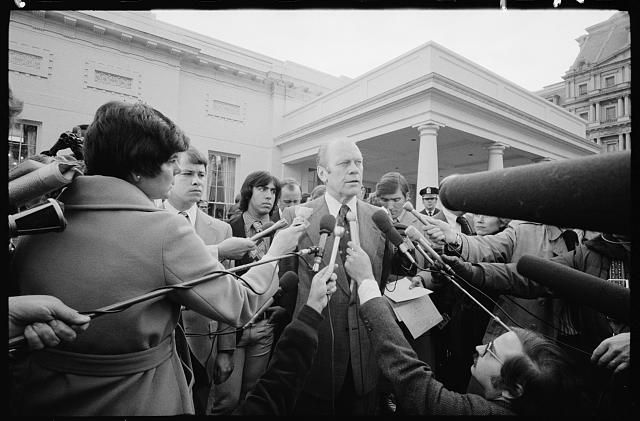
His parents divorced while he was still a baby, which made his mother transfer to Grand Rapids, Michigan. There, she met Gerald Ford Sr., whom she married. He adopted Gerald and gave him his name.
College Years and the War
Gerald was a star football player at the University of Michigan, where he graduated in 1935. He also worked as an assistant coach while taking law at Yale University until 1941.

During World War II, he served in the Navy and was deployed in the South Pacific. He attained the rank of lieutenant commander but nearly lost his life in 1944 when a deadly typhoon killed hundreds of people.
Gerald R. Ford’s Entry Into Politics, Marriage, and Family
Back in the USA in 1948, he returned to Grand Rapids to practice law. He decided to enter politics and won a seat in Congress as a Republican congressman representing Michigan.

Get Smarter on US News, History, and the Constitution
Join the thousands of fellow patriots who rely on our 5-minute newsletter to stay informed on the key events and trends that shaped our nation's past and continue to shape its present.
A few weeks before he was elected, he married Elizabeth Anne Bloomer. They raised four children together – three sons named Michael, John, and Steven and one daughter named Susan.
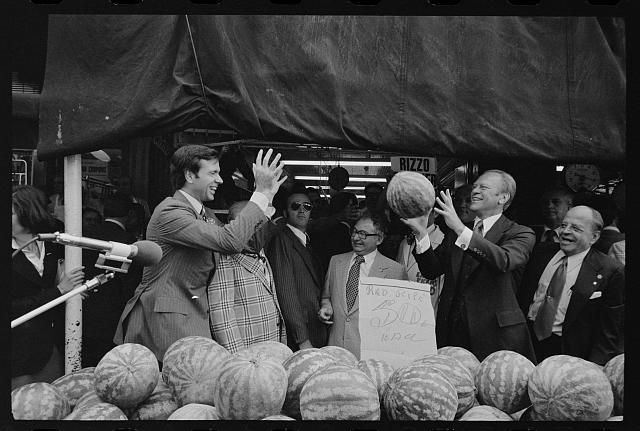
Stepping Stones to the Presidency
Gerald was in Congress for 25 years. He was well-liked by his peers, and his ideology was flexible. He was the House Minority Leader starting in 1965 and retained this position until President Richard Nixon appointed him Vice President in 1973 instead of the resigned Spiro Agnew.
His reputation in Congress was that he was open and honest. Gerald was the only Republican the Democrat-controlled Congress could approve and live with as Vice President of the land.

But then, as fate would dictate, in 1974, it was becoming predictable that Nixon would be confronting criminal charges due to his participation in the Watergate scandal.
The House Judiciary Committee had already passed three articles of impeachment. So instead of waiting for the decision of Congress, Nixon tendered his resignation effective August 9, 1974.
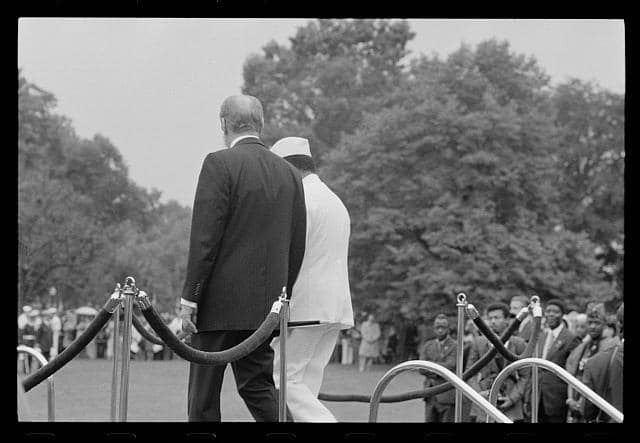
Gerald R. Ford took his oath of office to become the 38th President of the United States. He accepted the job under extraordinary circumstances and acknowledged that it was a period in the country’s history that troubled the minds and hearts of the American people.
But he declared that the national nightmare was over. He retained Secretary of State Henry Kissinger and other foreign and domestic policy advisers of the Nixon administration.
Gerald R. Ford took two top public offices, the Vice Presidency, and the Presidency, without going through elections. As president, he was replacing the first-ever President to resign from office.
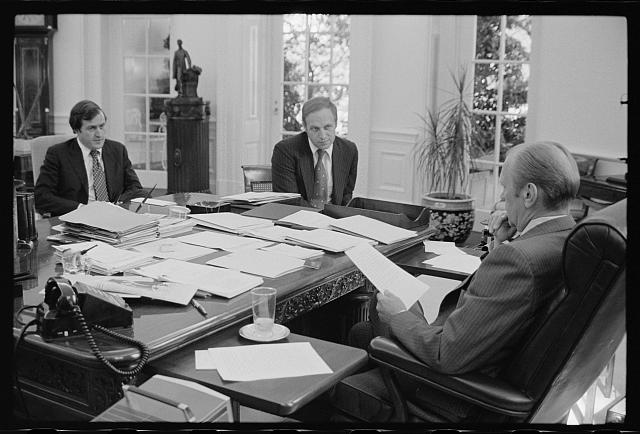
The National Issues Which Faced Him
The times were daunting for President Gerald R. Ford when he took over. He was confronted with overcoming inflation, resuscitating a depressed economy, figuring out acute energy shortages, and ensuring world peace was maintained.
Ford’s solution to curb inflation was to minimize government intervention and spending. He saw this policy as a means of solving the problems of the American economy and society, which came in the form of higher prices on essential goods. Moreover, he believed that it would improve the overall quality of life.

During his first year as president, these policies were established with much opposition from a Democrat-controlled Congress. As a result, it was nicknamed WIN or Whip Inflation Now.
The result of this program was that Recession set in and now became the nation’s most critical domestic problem to replace Inflation. Less government spending and decreased money pumping into the economy created the recession.
This time, Ford shifted to measures that would make the economy wake up again. But because of his fear of inflation coming back, he disapproved of a series of nonmilitary appropriations bills that he feared would increase the already hefty budgetary deficit.
He vetoed more than 50 measures by 1976, of which more than 40 were sustained. It was a strained relationship with Congress.
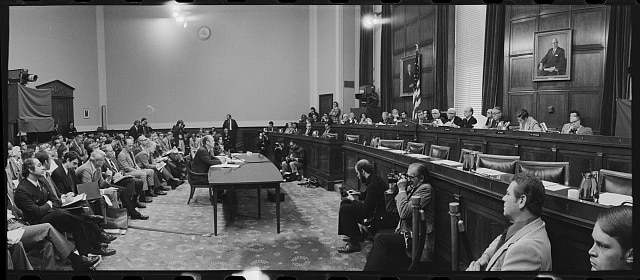
This inherited inflation problem from the Nixon administration, which Ford never really solved, slowed the economy to a turtle’s pace.
The recession from 1974 to 1975 lowered the inflation rate but negatively resulted in an unemployment rate of nearly 9 percent.
Gerald R. Ford’s Political Style
Like his profile in his Congressional days, Ford typified himself as a moderate thinker for domestic affairs, a conservative ideologist for fiscal affairs, and a well-trained, dyed-in-the-wool global thinker for foreign affairs.
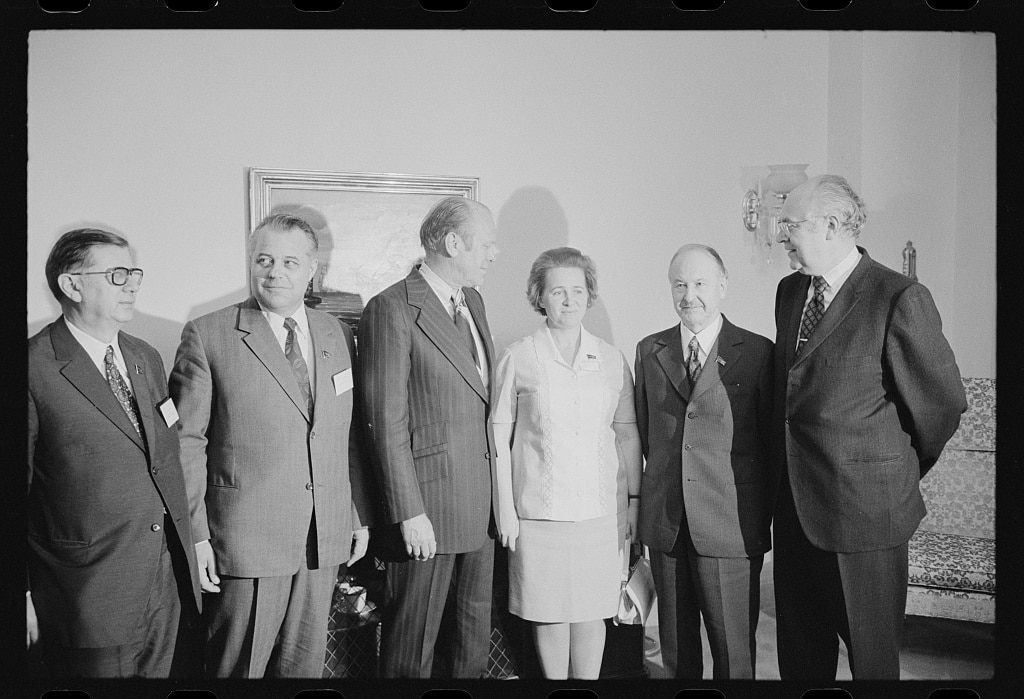
His principal objective was to make businesses operate with fewer restrictions by decreasing taxes and easing red tape imposed by regulatory agencies. He wanted the independence the American people gained two centuries ago to not be lost to bureaucrats and computers.
Ford’s Early Presidential Acts
As president, one of his earlier acts was to proclaim a conditional amnesty program for draft evaders and deserters during the length of the Vietnam War. And then, it was followed by a most damning act he did the next month, which many critics see as the death of his credibility.

On September 8, 1974, he pardoned Richard Nixon for all his offenses against the United States that he had committed or may have committed while being President of the land. Ford said that it was not the ultimate destiny of Richard Nixon that he was worried about but the immediate future of the USA.
Many observers have said that the unprecedented pardon would have resulted from blackmail wherein it was alleged that if not pardoned, Nixon would publicly report that Ford agreed that he would grant the pardon if the presidency were handed over to him.
The pardon effectively repealed any criminal prosecutions Nixon might have confronted after that were it not for the pardon.
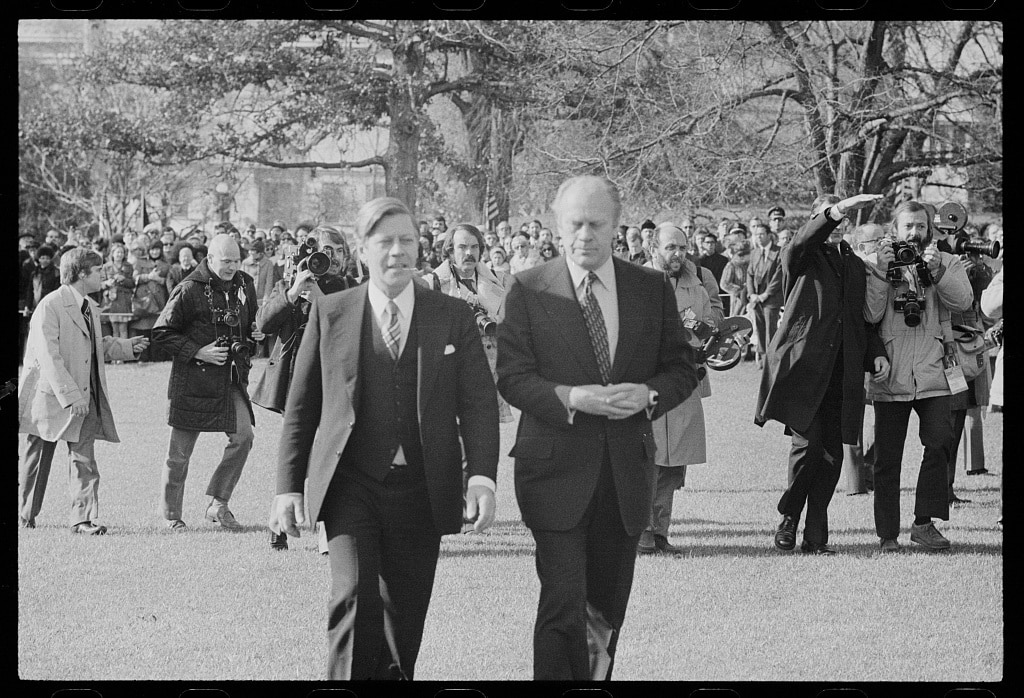
But Ford did appear voluntarily before a subcommittee of the House of Representatives on October 17 to explain his decision. This was the first time that an incumbent President made a formal testimony before a Congress committee.
Ford also ruffled some feathers within the Republican Party when he named former New York Governor Nelson A. Rockefeller, a liberal-minded party mate and a prominent member of the Eastern Establishment, as his Vice President.
The First Lady Makes an Impact
Elizabeth Anne Bloomer, the First Lady, more popularly known as Betty Ford, was fond of dancing to disco music and was pretty good with The Bump dance style. She also chatted on CB radio under the call name First Mama.
But she could also be serious and talk about equal rights for women, divorce, abortion, and drug abuse. She eventually established the Betty Ford Center For Addiction after the Fords left the White House.
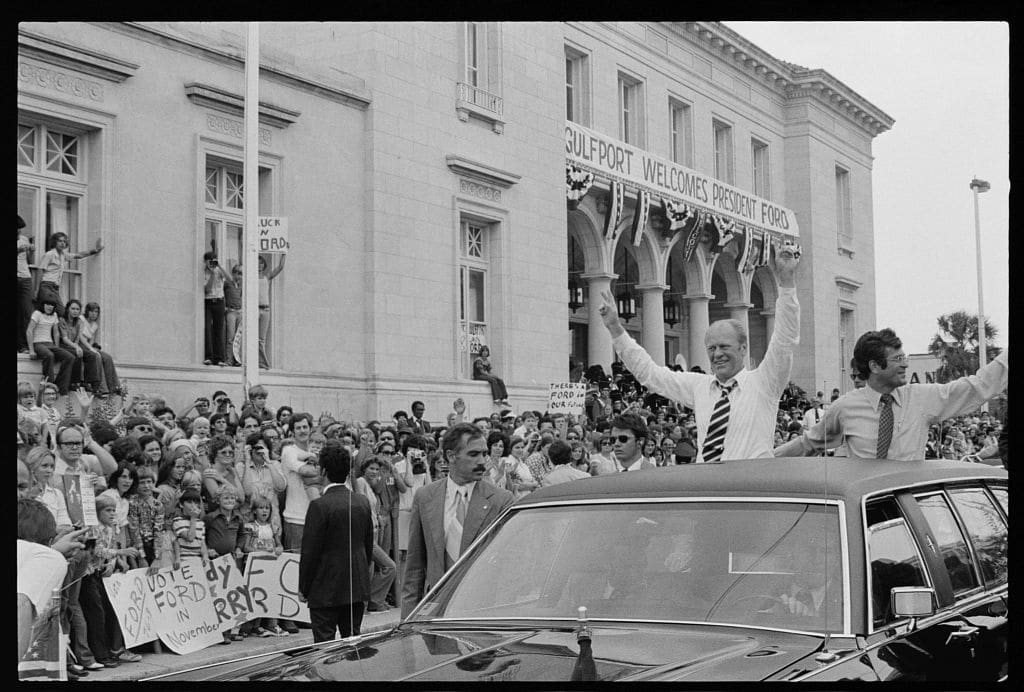
Gerald R. Ford’s Foreign Affair Thrusts
Ford wanted to maintain the United States’ prestige and power worldwide even though Cambodia and South Vietnam collapsed to adversarial ideologies.
He wanted the United States to still exert influence in the Middle East and prevent a new war from erupting there. So he gave aid to both Israel and Egypt, which had been at odds. And he negotiated with the two countries to be agreeable to an interim truce agreement.
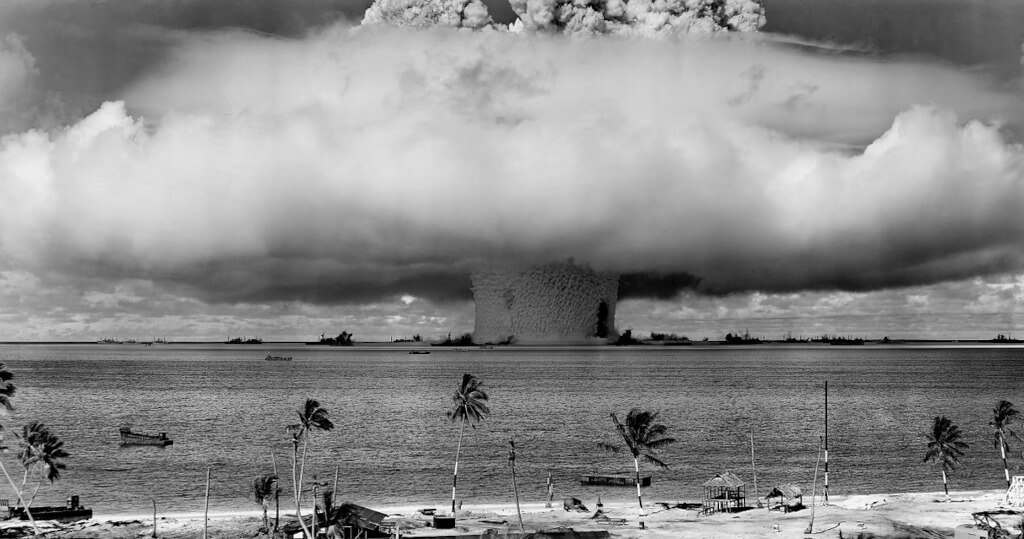
The Ford administration eased the United State’s strained relationship with the Soviet Union. Both he and Soviet leader Leonid Brezhnev introduced new limitations regarding nuclear weapons.
When the Vietnam War was nearing its end in March 1975, Ford ordered an airlift of 237,000 anti-communist Vietnamese refugees from Da Nang. Most of them started new lives in the USA.
Two months later, the American cargo ship Mayaguez was seized by Cambodia. Ford sent in Marines to recapture the ship. They succeeded in saving the 39 ship crew members, but they also lost 41 Americans and incurred injuries to 50 others.
Moreover, the rescue operation was launched from a base in Thailand despite objections from the Thai government. This soured the diplomatic relationship between the United States and Thailand.

Assassination Attempts and the NYC Bankruptcy
Twice in the space of one month, in September 1975, Gerald Ford was targeted for assassination. Secret Service agents intervened in the first attempt, even before shots were fired.
The second attempt on Ford, who had served on the Warren Commission investigating President John F. Kennedy’s assassination, was by an individual who fired one shot at Ford but poorly missed by several feet.

In October 1975, New York City was on the brink of fiscal collapse, but Ford refused to grant loans to save it. With headlines in the newspapers that announced that Ford was saying to New York City to “drop dead,” plus also the economic and moral implications of not saving the premier city of the USA becoming clearer, Ford realigned his position in favor of assisting NYC to get back on its feet.
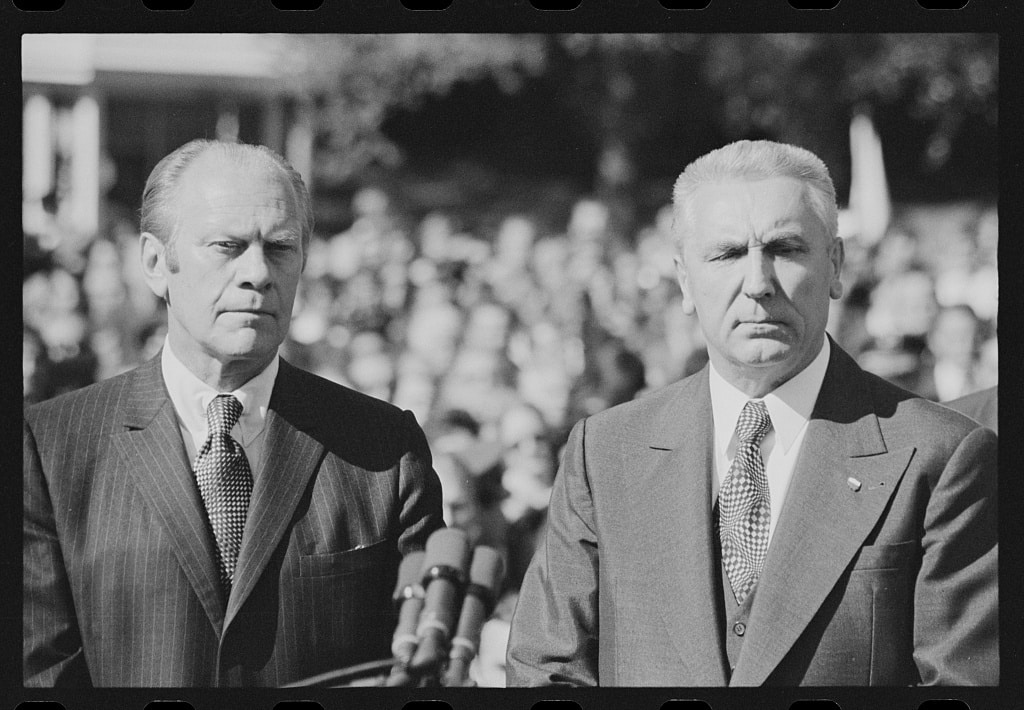
But NYC and New York state never forgot the stinging refusal of Ford to grant help to the city until he was pushed into a corner to give in later. As a result, New York state gave Jimmy Carter the presidency when he battled Ford in the 1976 election by its precious 41 electoral votes.
The Presidential Elections of 1976
Gerald R. Ford won the Republican Party’s nomination in August 1976, shouldering off the challenge posed by Ronald Reagan, the former California governor.
Then, Ford became the first sitting president to agree to public debates against his challenger, Jimmy Carter, the nominee of the Democratic Party.

Ford was significantly behind in surveys since the start of the campaign because of the negative perception wrought by the Nixon pardon and the general public’s perception of his perceived faulty wisdom.
He fumbled along the way from his decision-making in the Vietnam War, and the Mayaguez cargo ship recapture, the NYC bailout indecisiveness, and largely due to the infamous Nixon pardon.
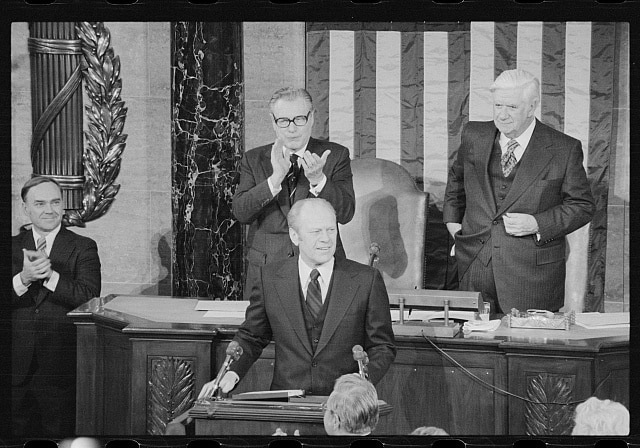
During the debate with Carter, he made a grave error with a historical perspective when he said there was no Soviet domination of Eastern Europe.
His physical clumsiness was also well documented by the media, like hitting his head while going down a plane, entangling himself in the leashes of his family’s pet dogs, and falling into the snow while skiing.
Just like that, less than three years as United States president, Ford was defeated by Carter in the November 1976 election. He received only a popular vote of 39.1 million against 40.8 million and an electoral vote of 240 against 297.
On Inauguration Day, President Jimmy Carter thanked Gerald R. Ford for his contributions to healing the United States of America.
Life After the Presidency
Gerald R. Ford happily spent three decades more of his life after retiring from public service. He golfed, skied to his heart’s delight, and worked in numerous corporations as a member of the Board of Directors.
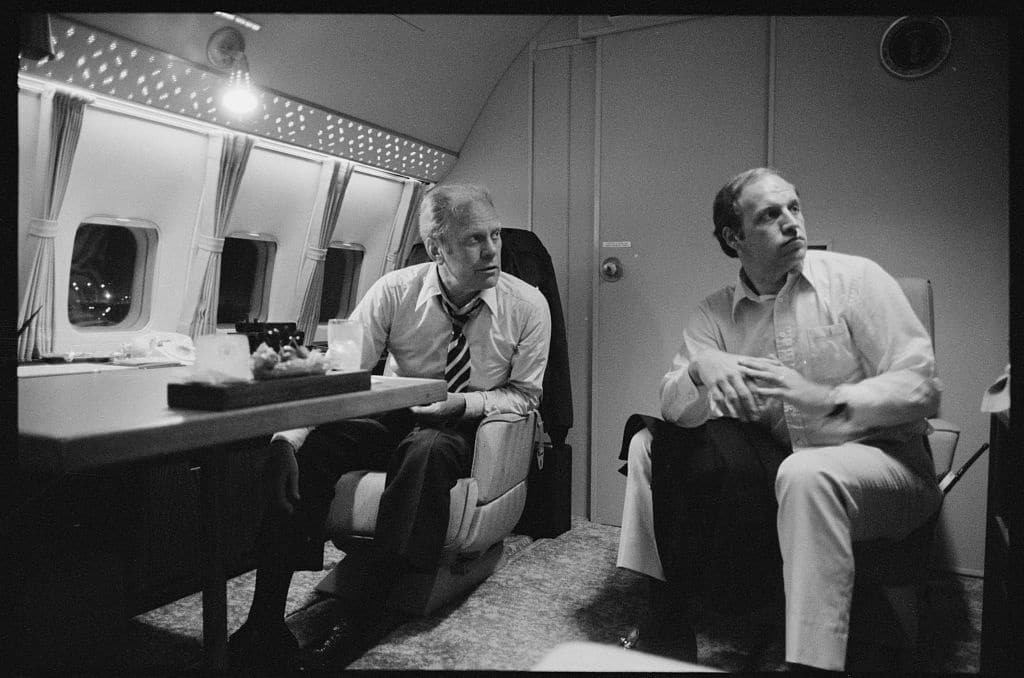
In the presidential race of 1980, he was offered the vice-presidential post by Republican candidate Ronald Reagan, but he declined the offer.
A Time To Heal, his autobiography, was published in 1979.
On December 26, 2006, he passed away at Rancho Mirage, California.

